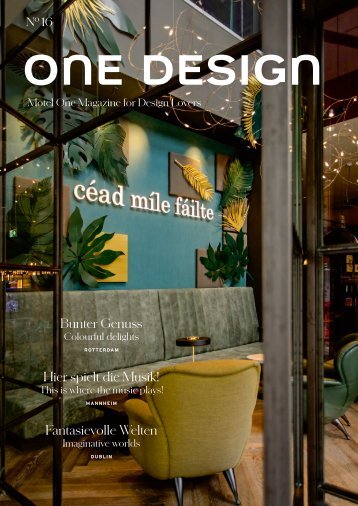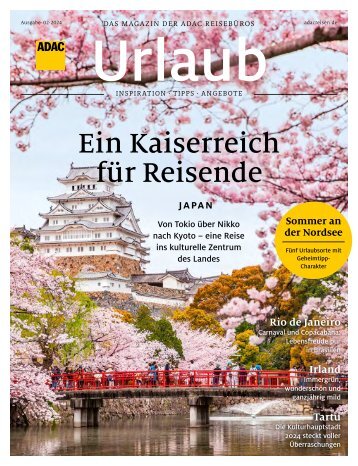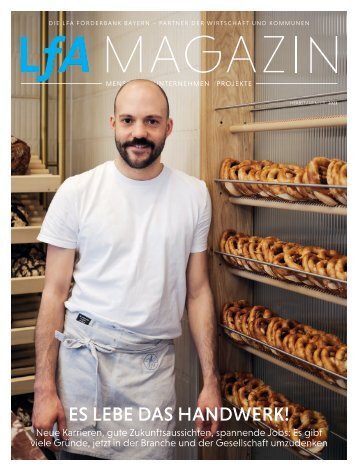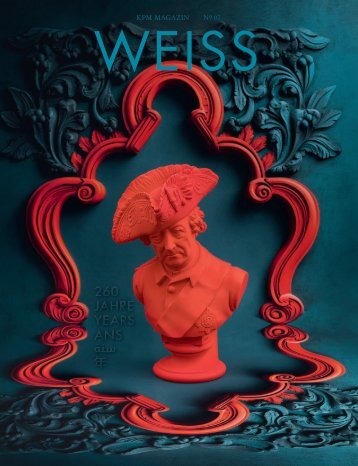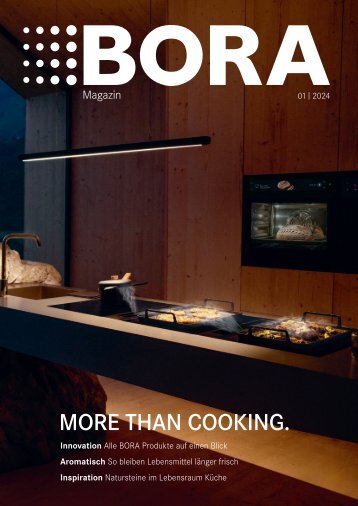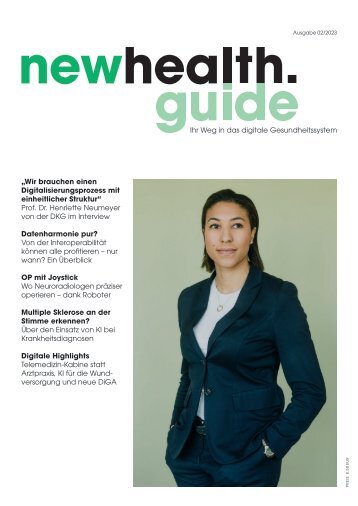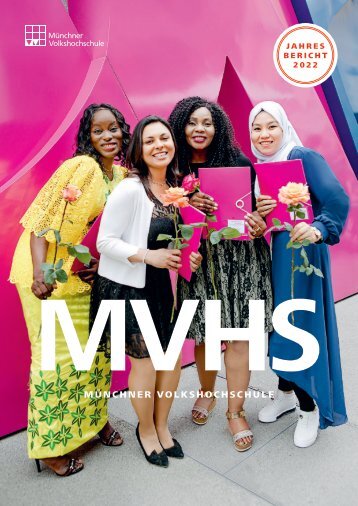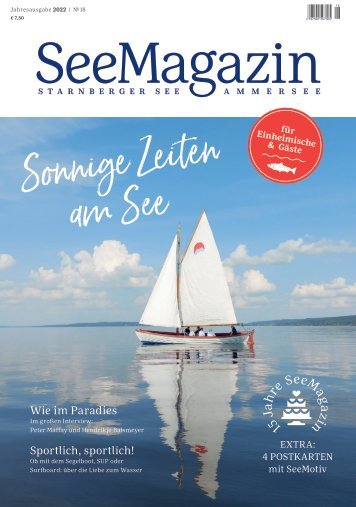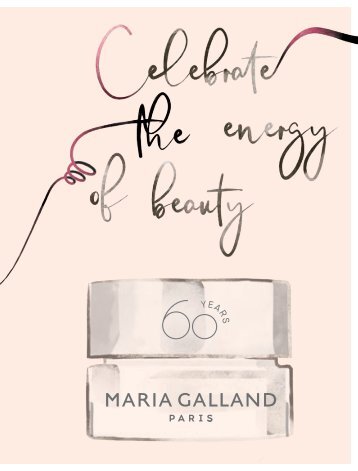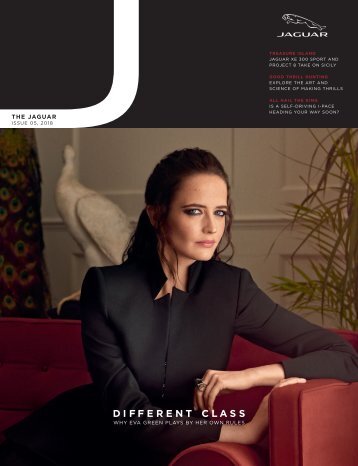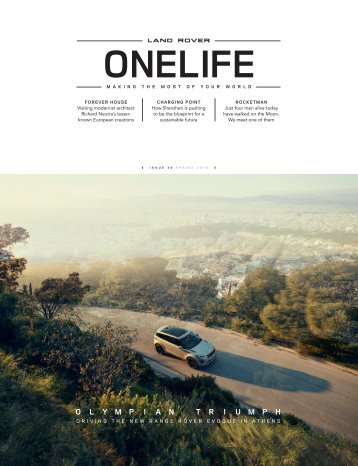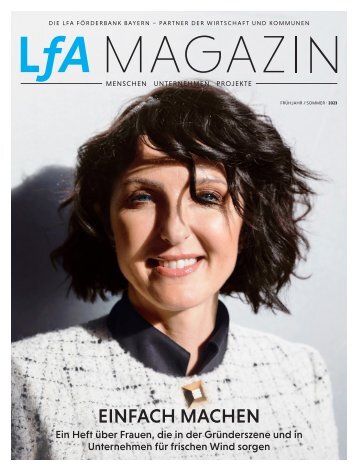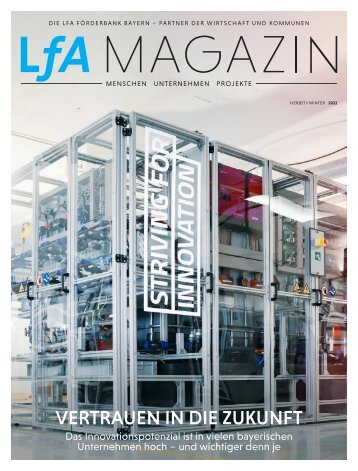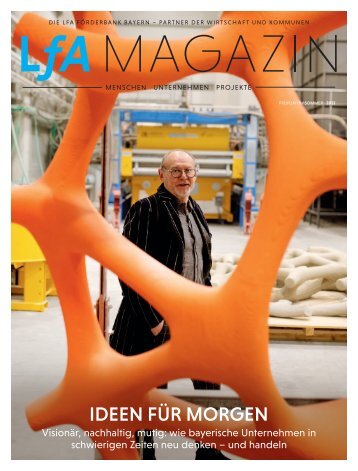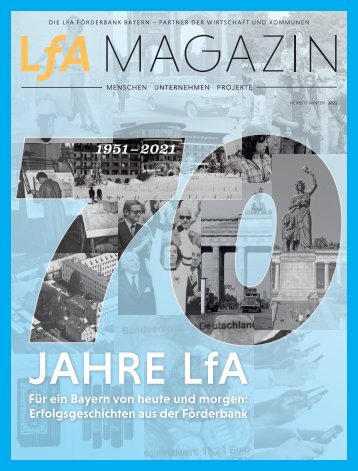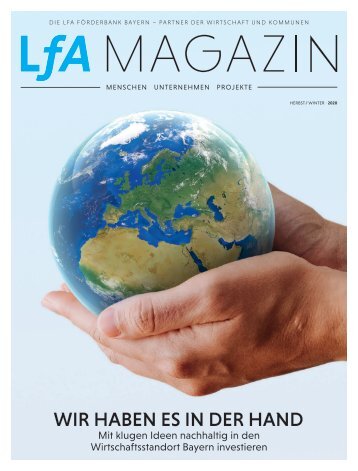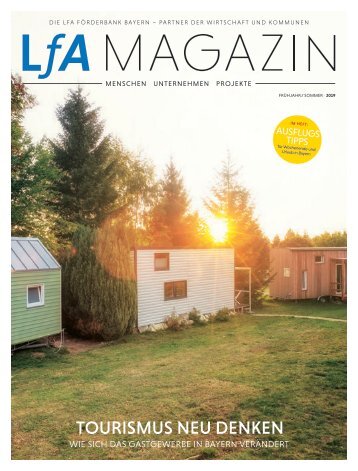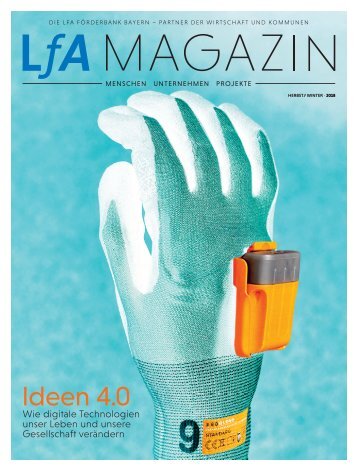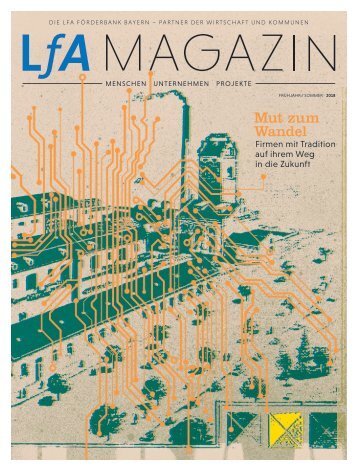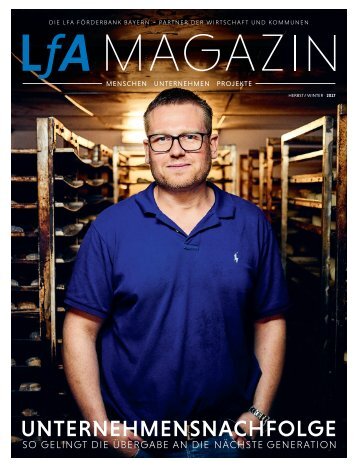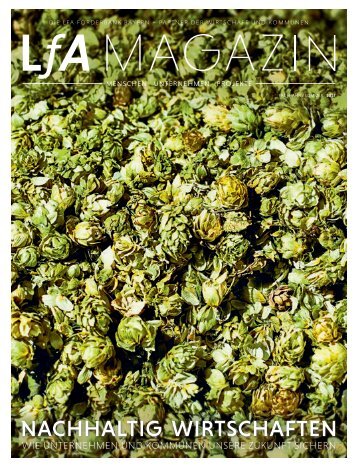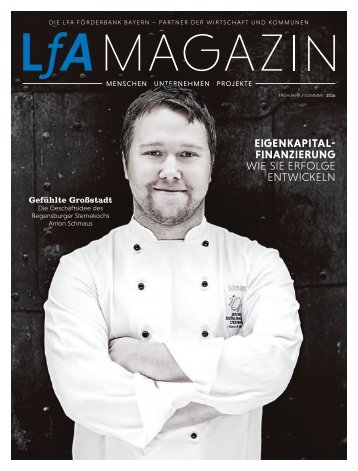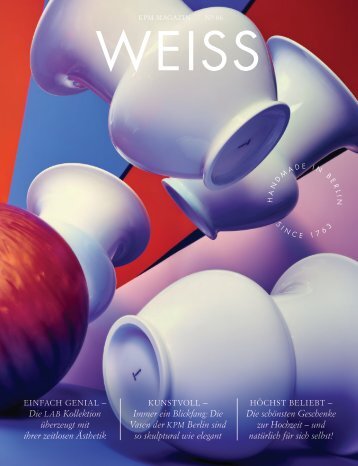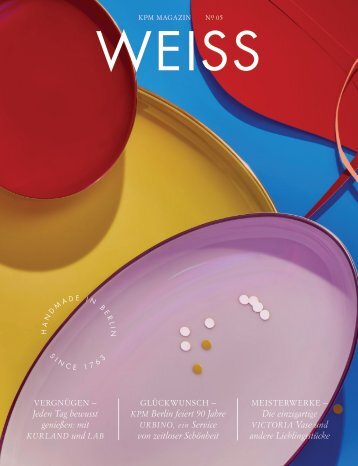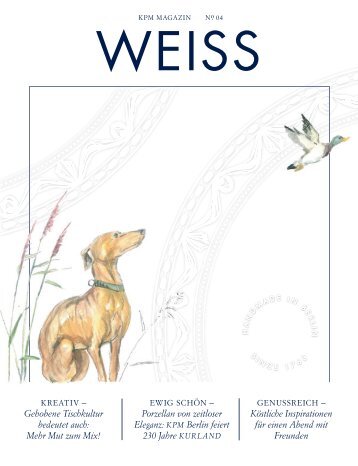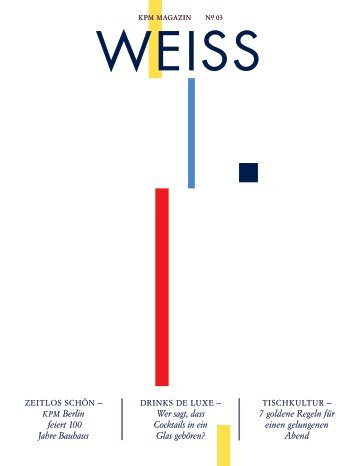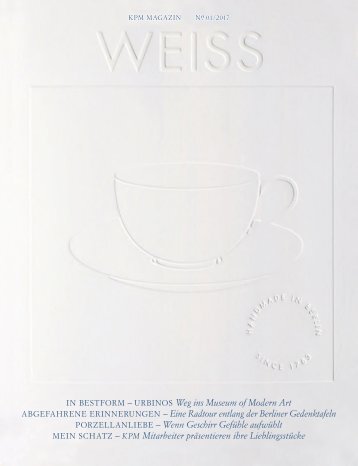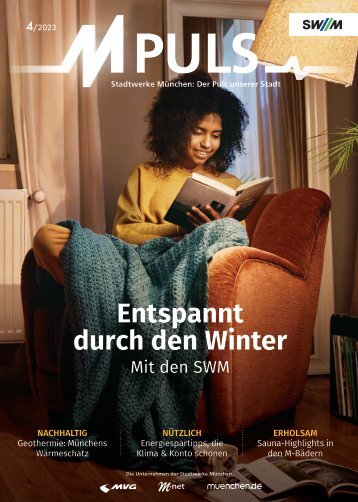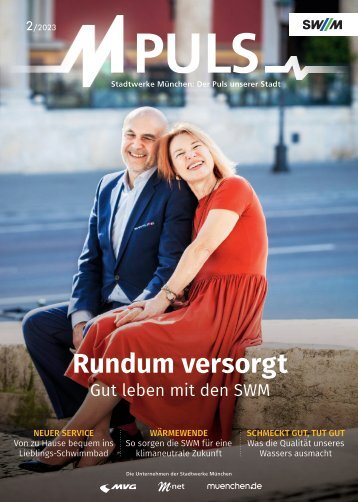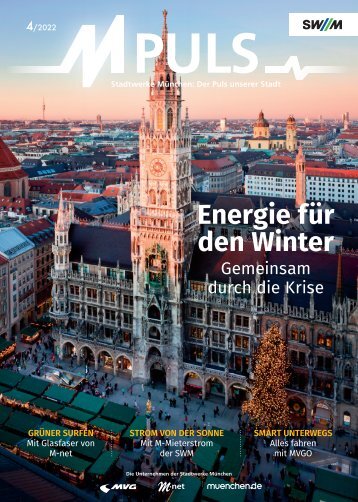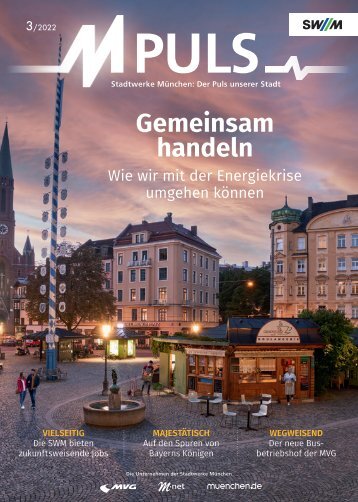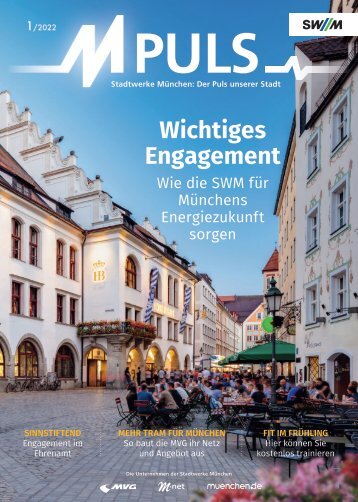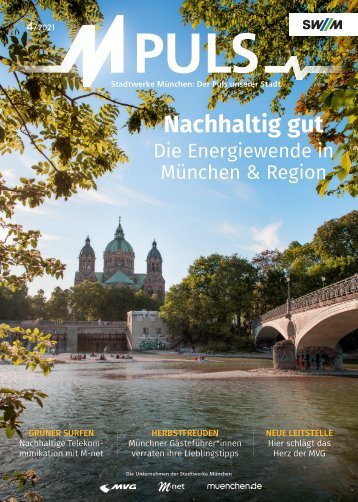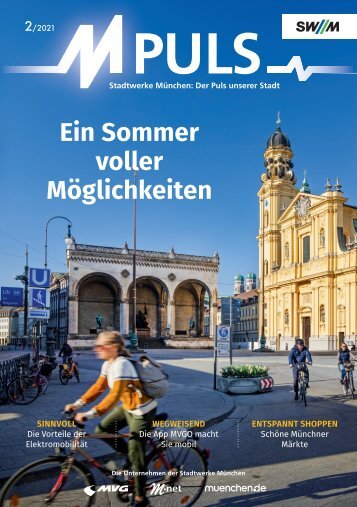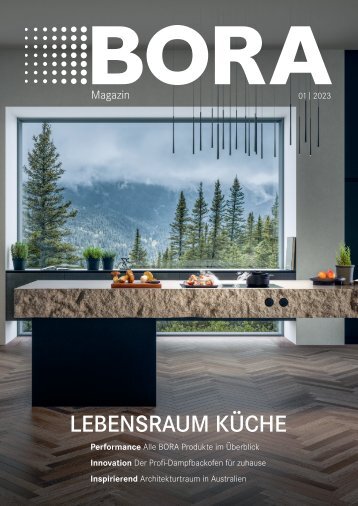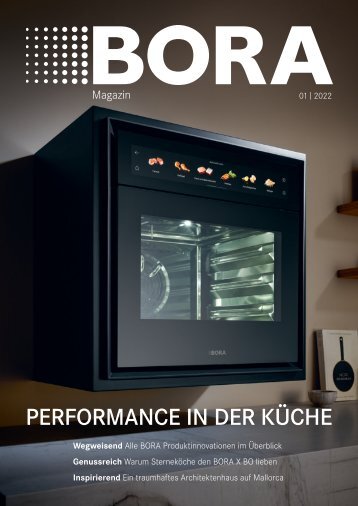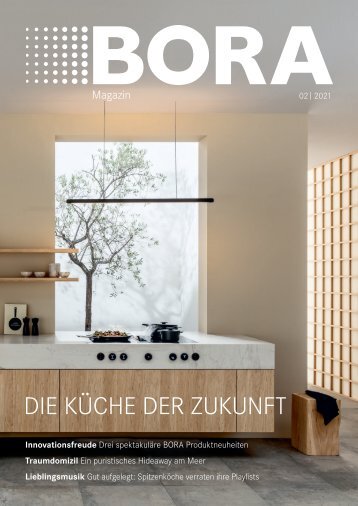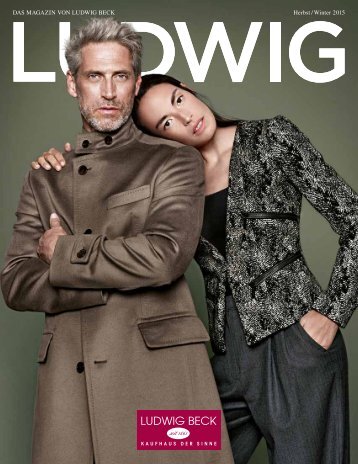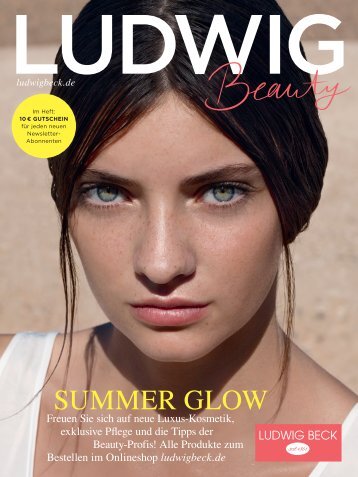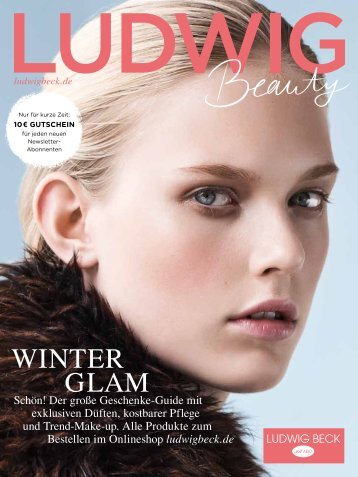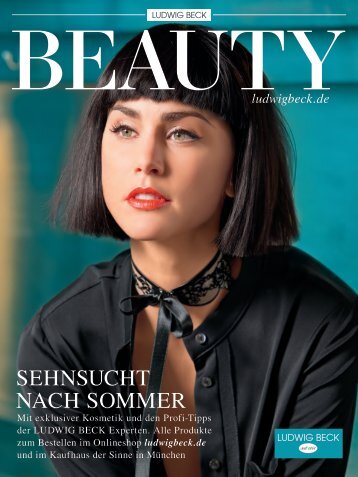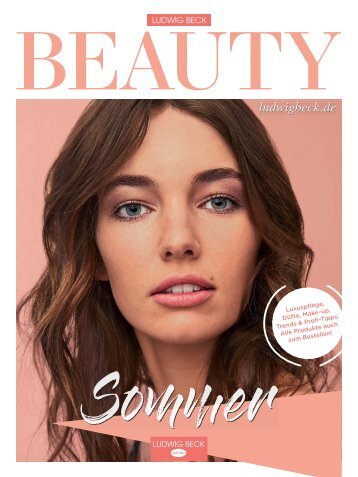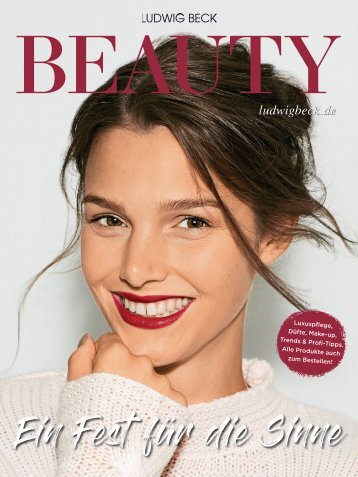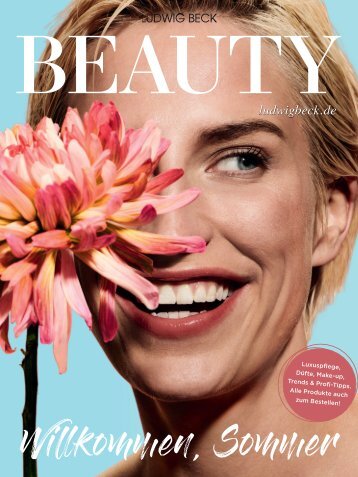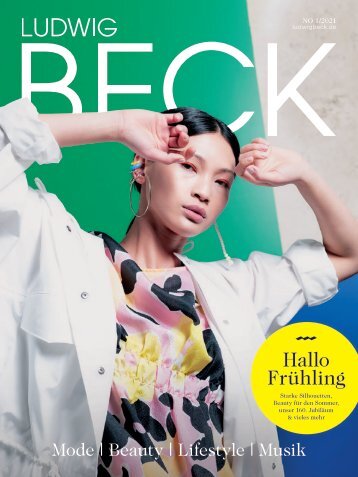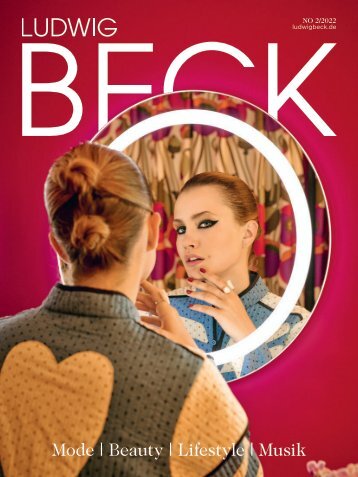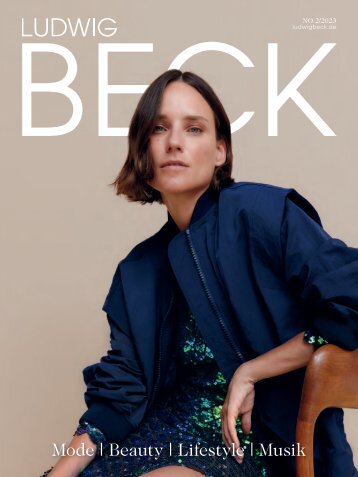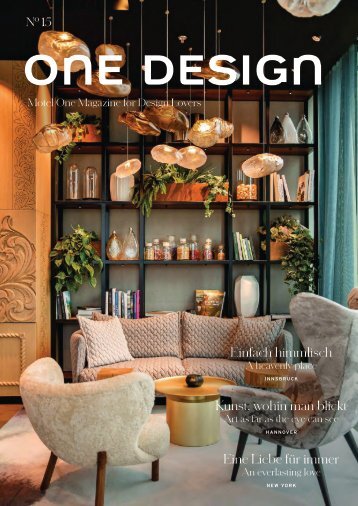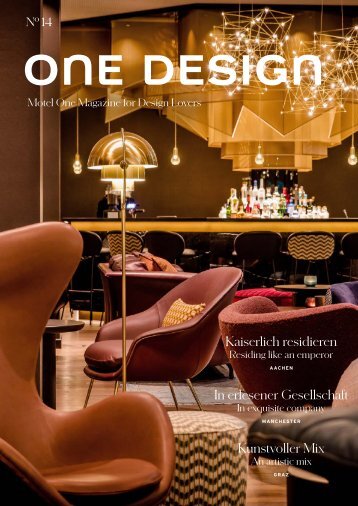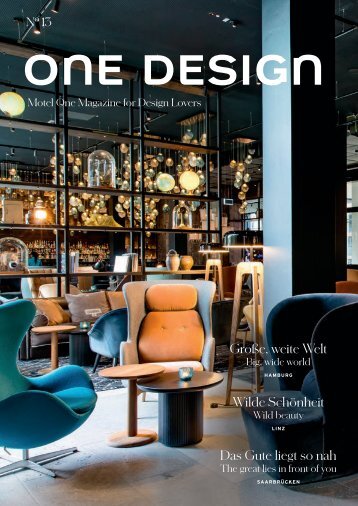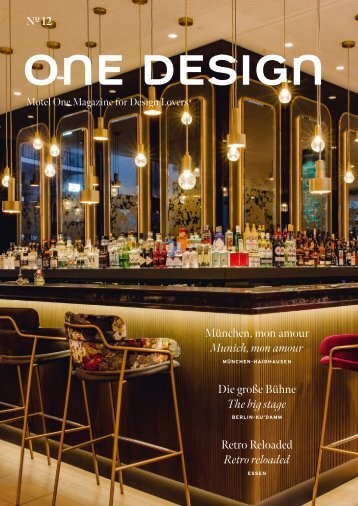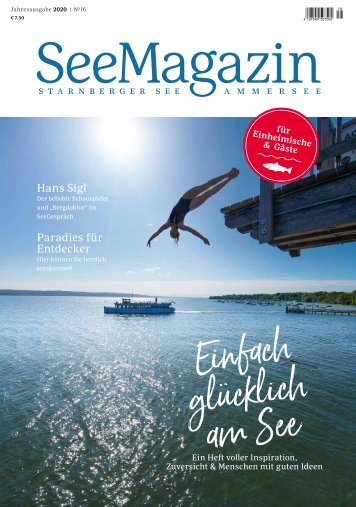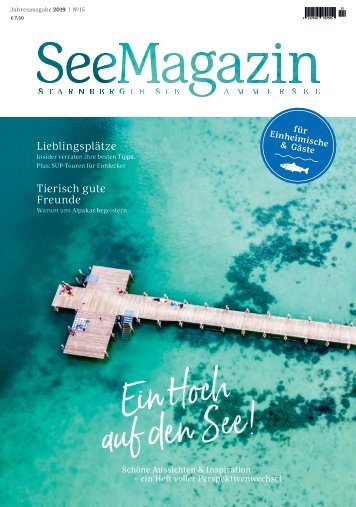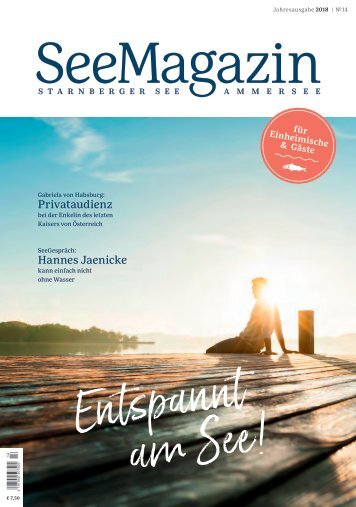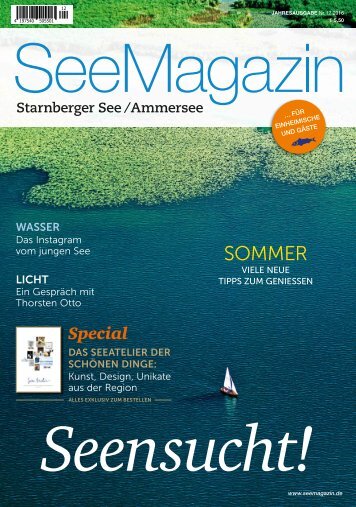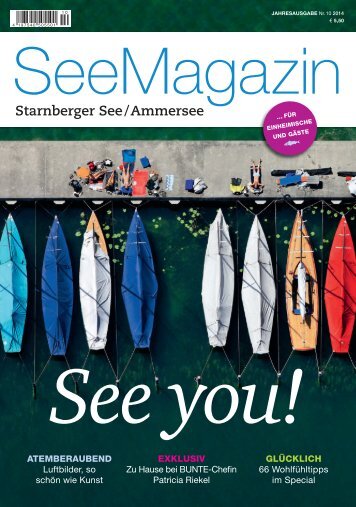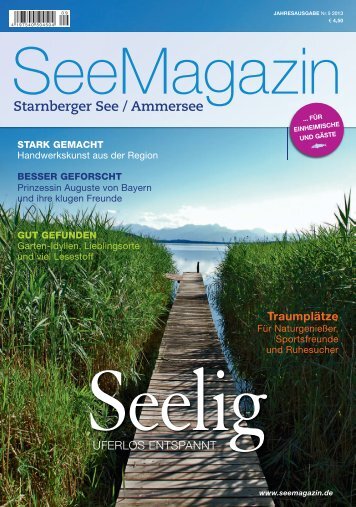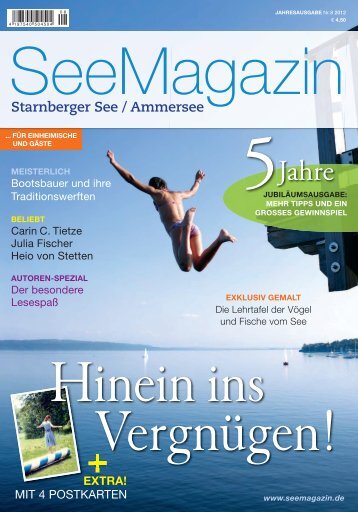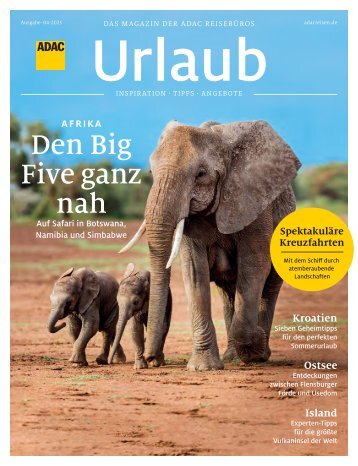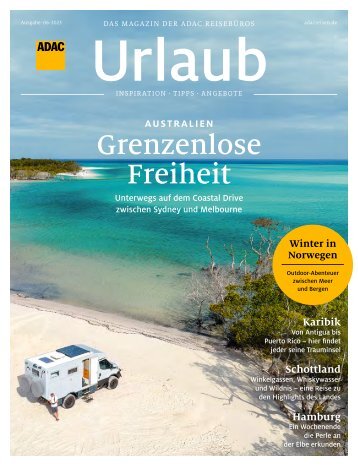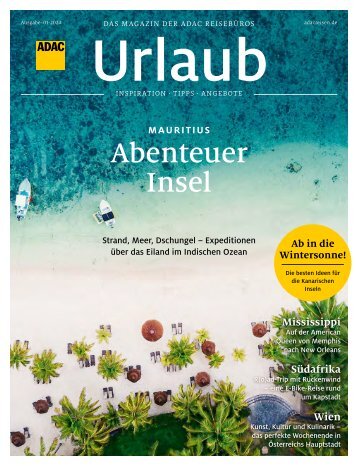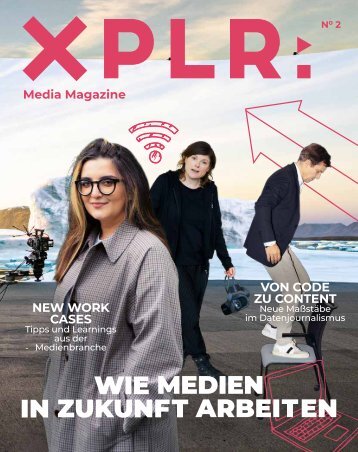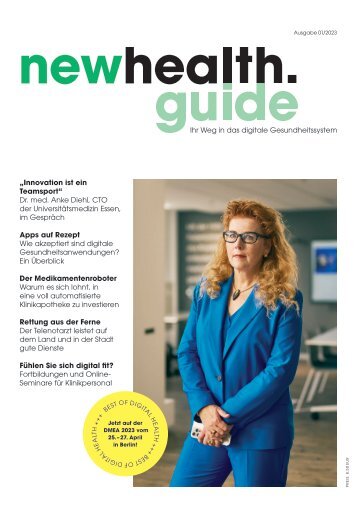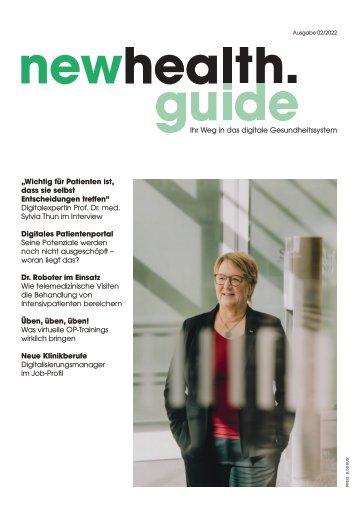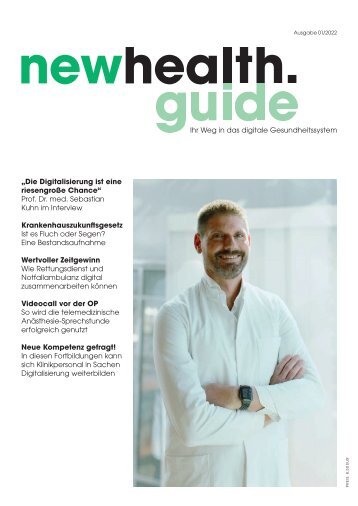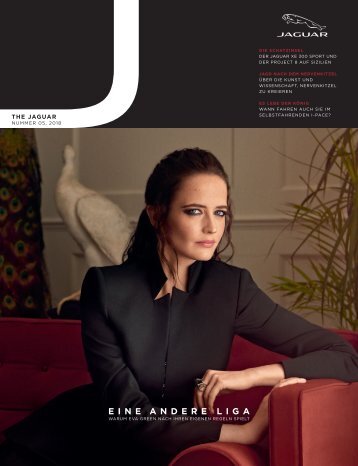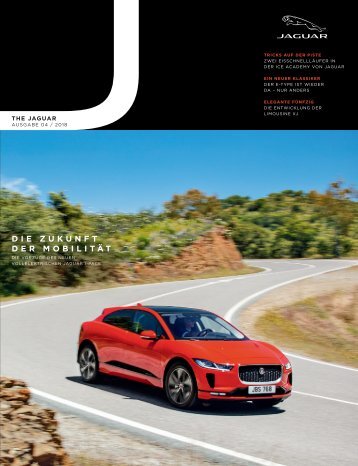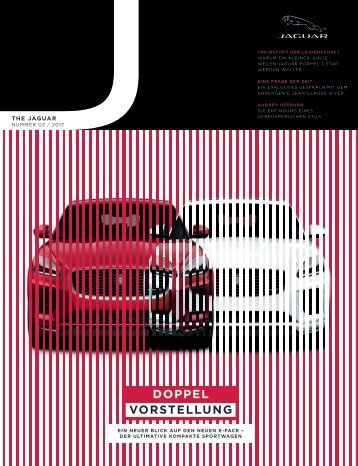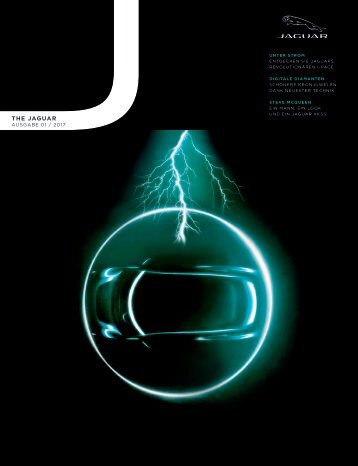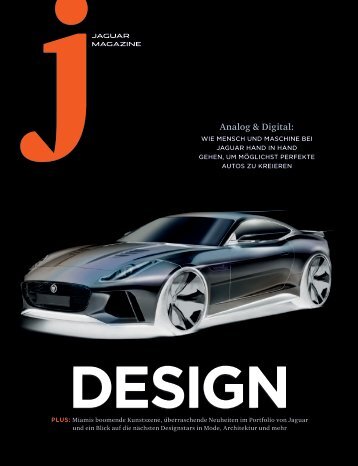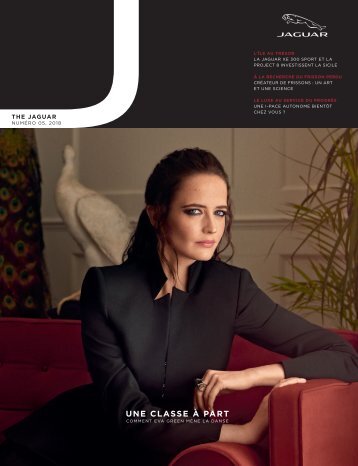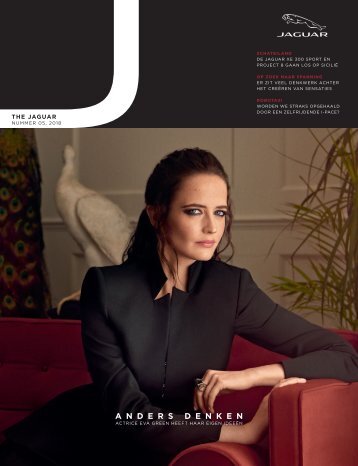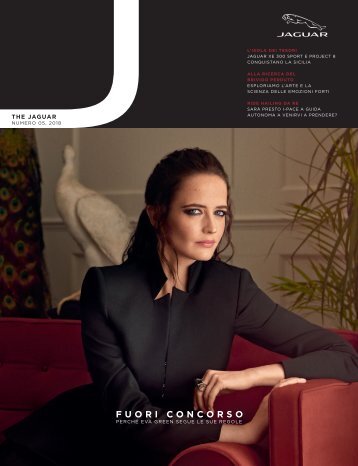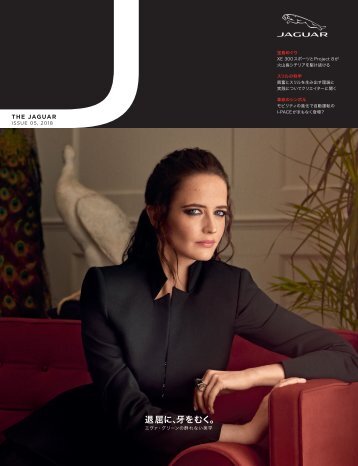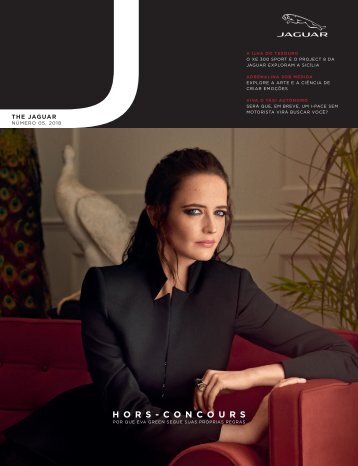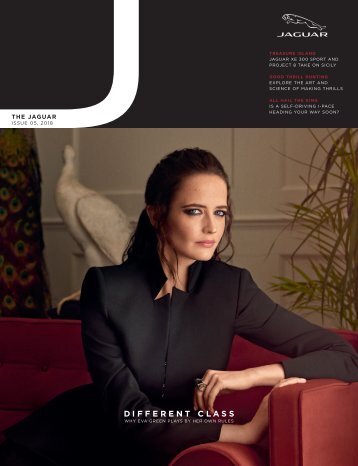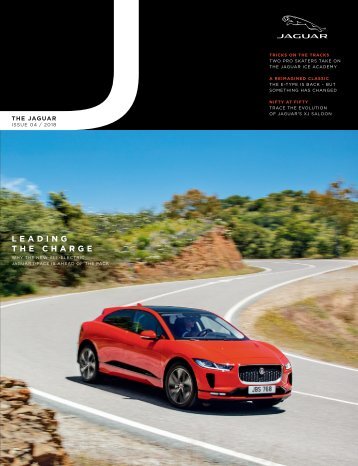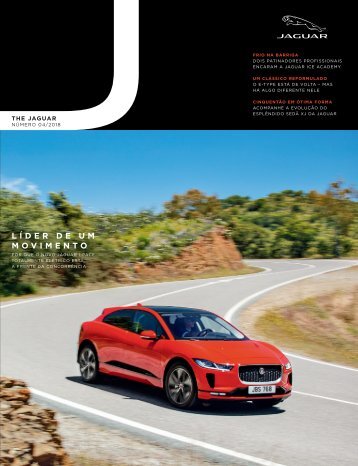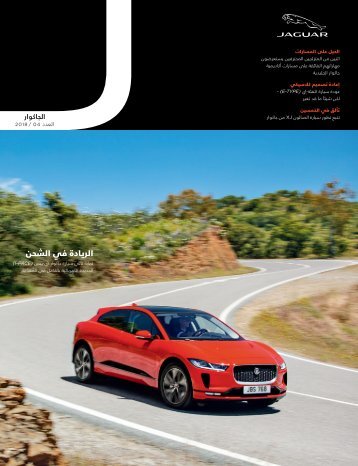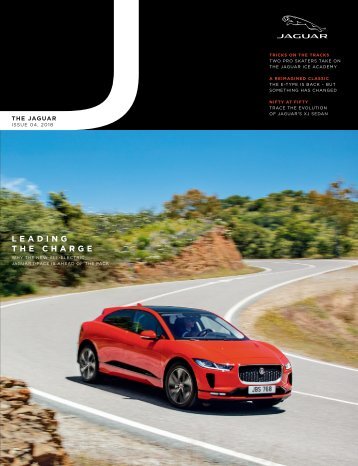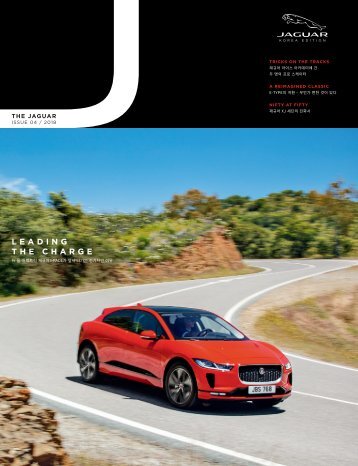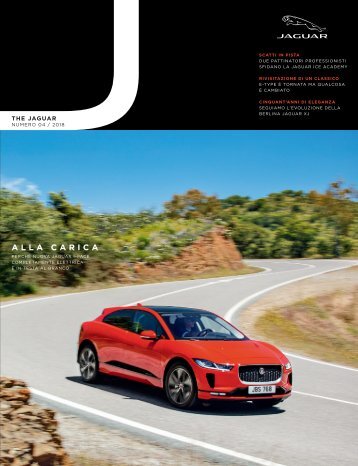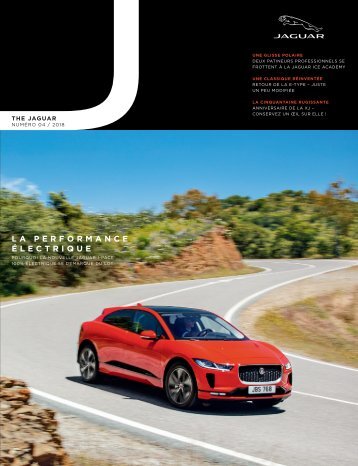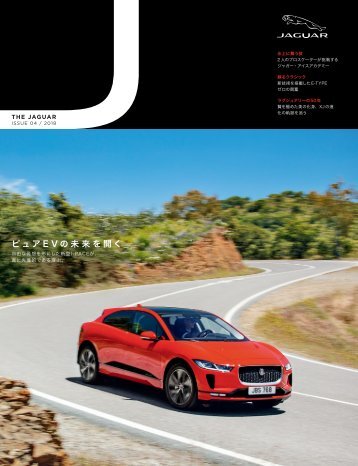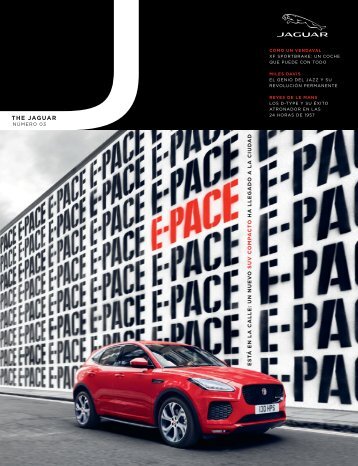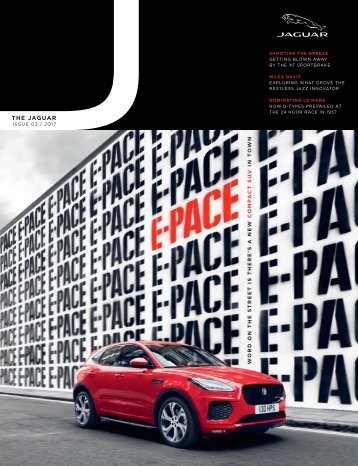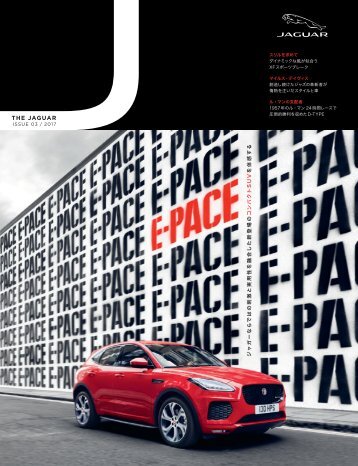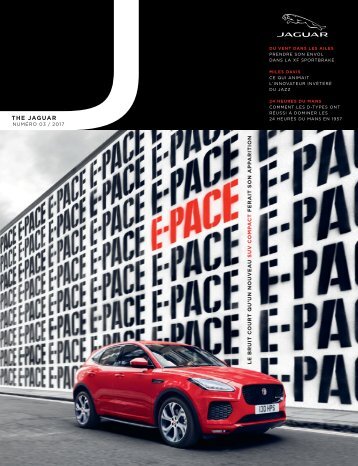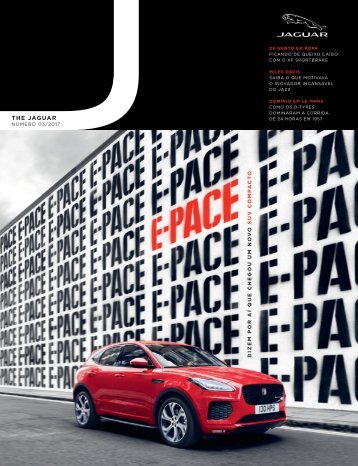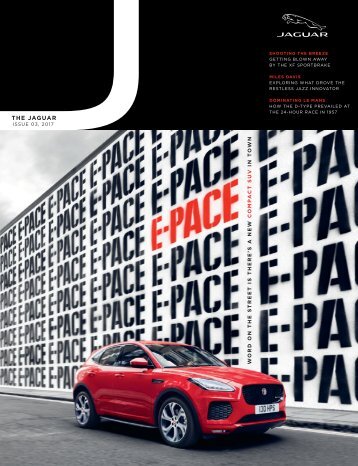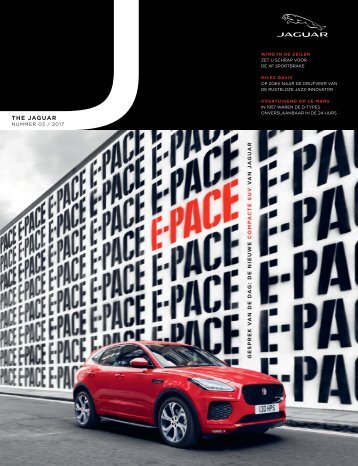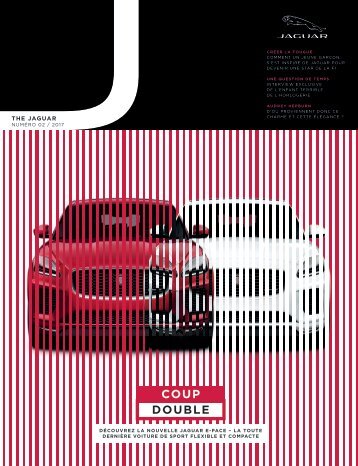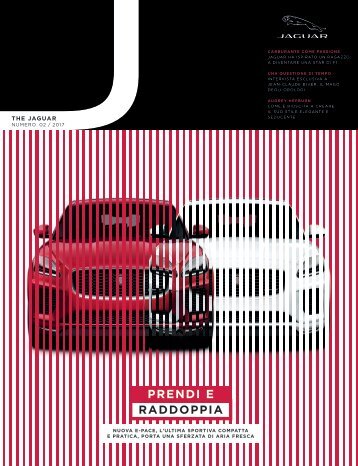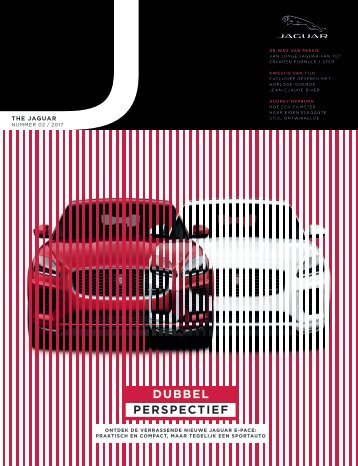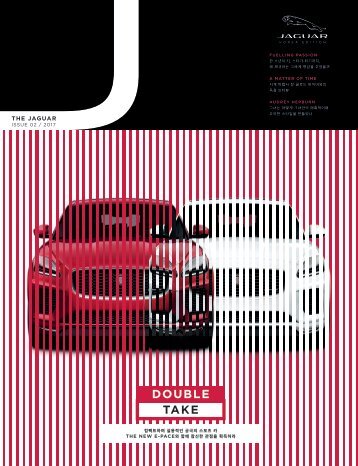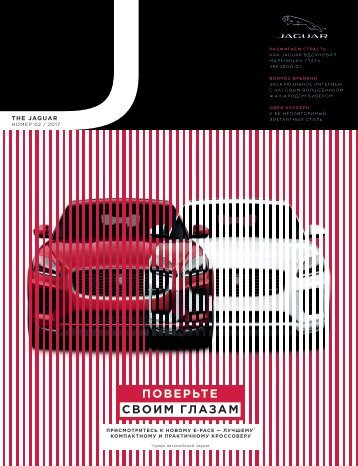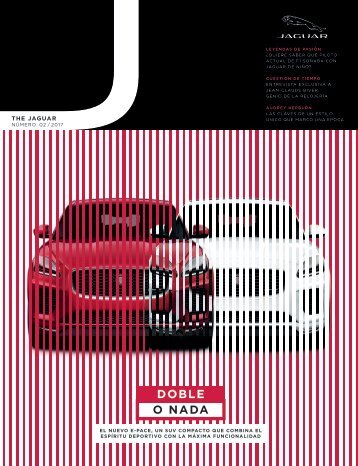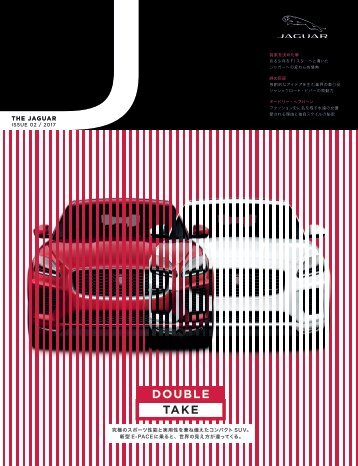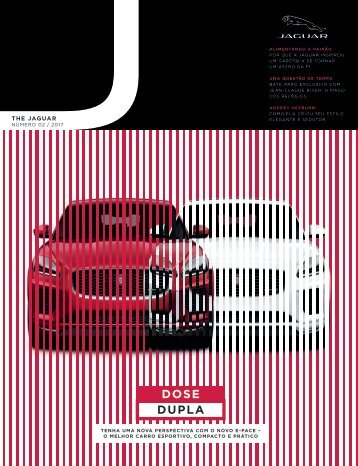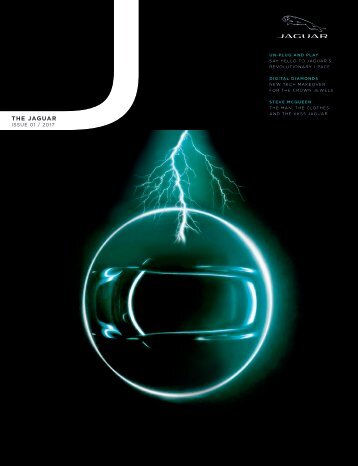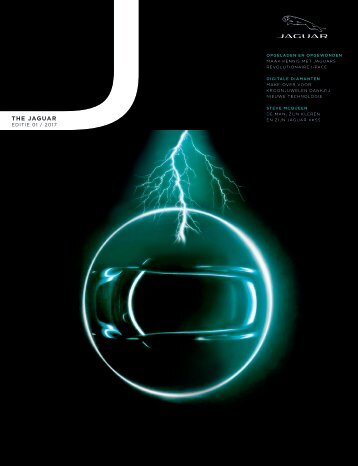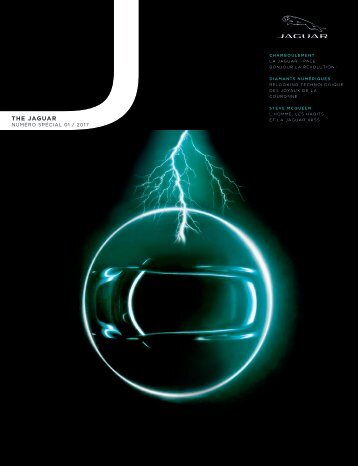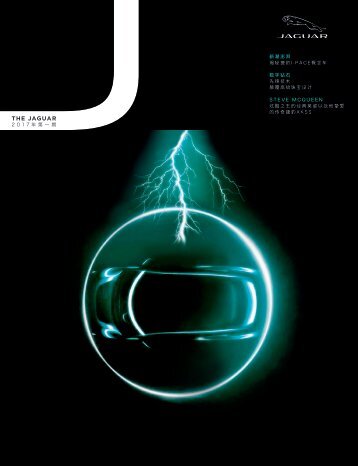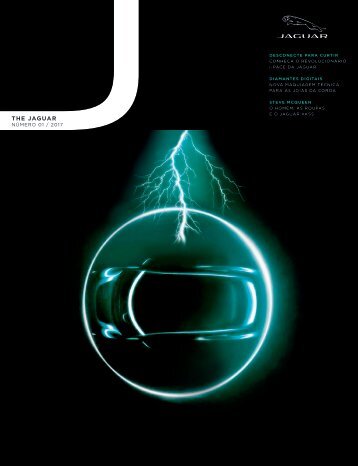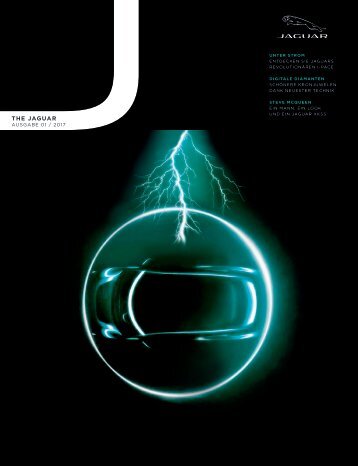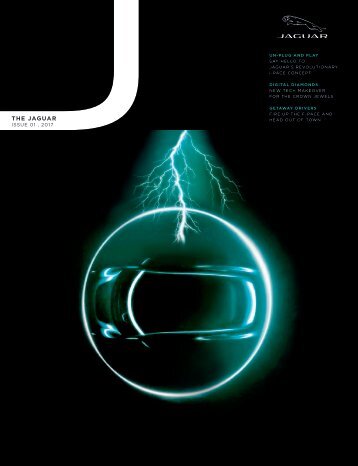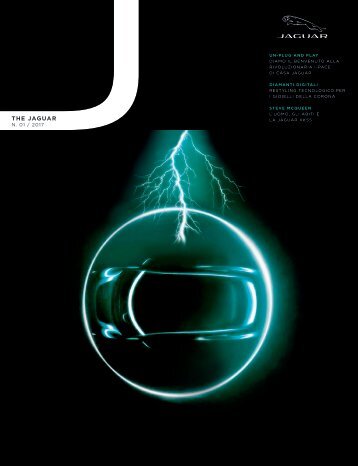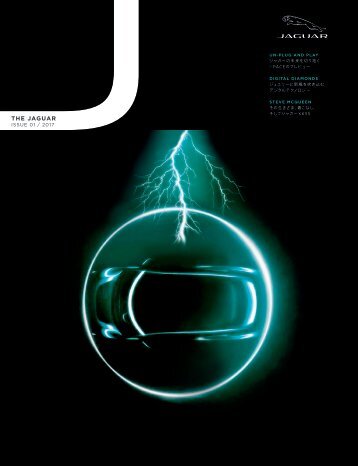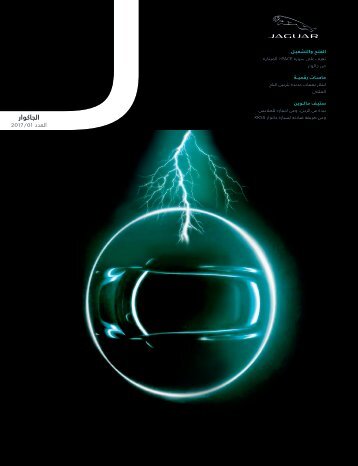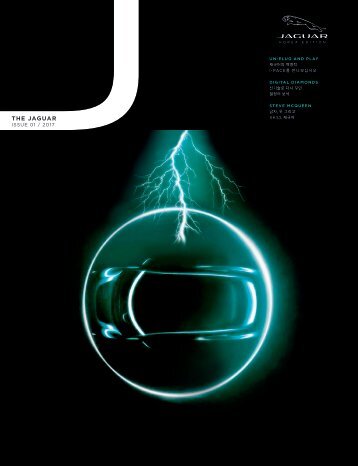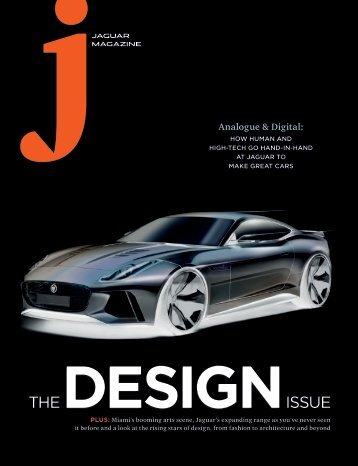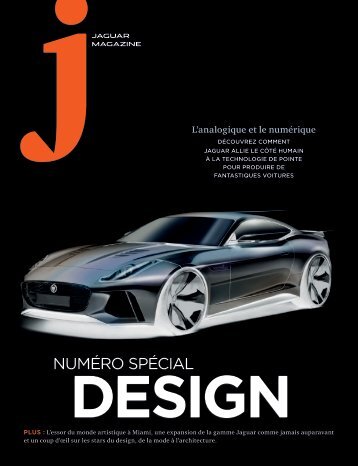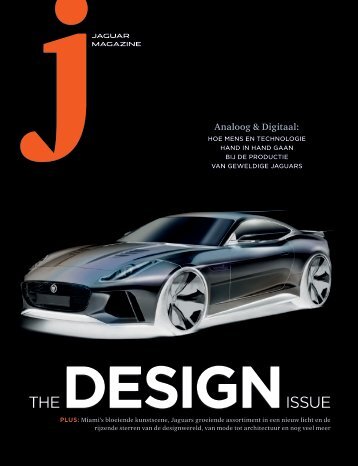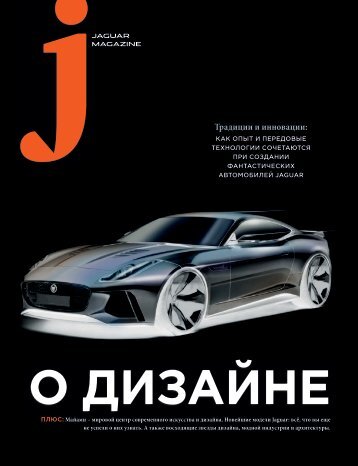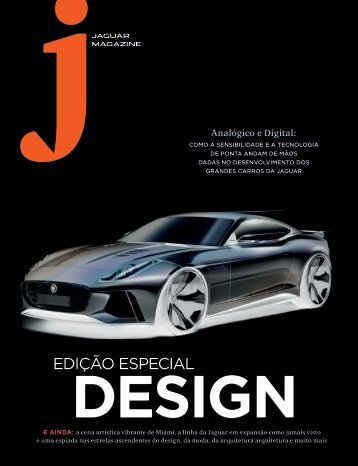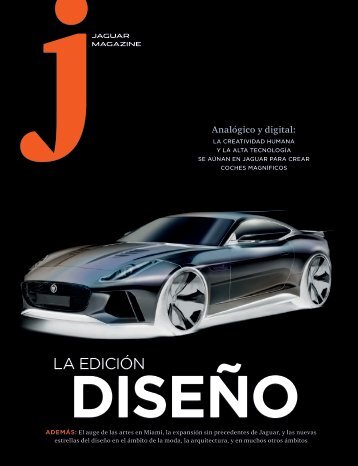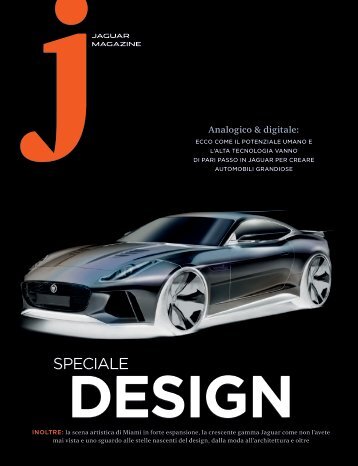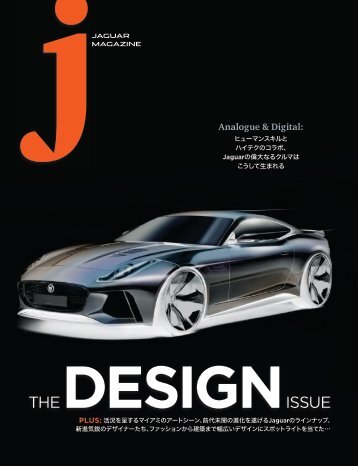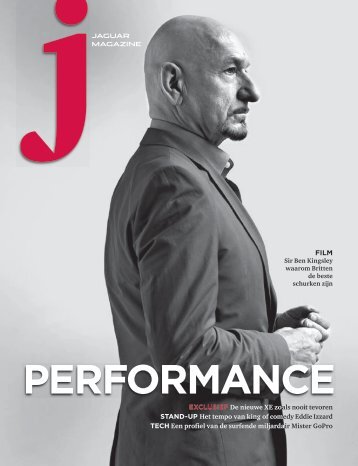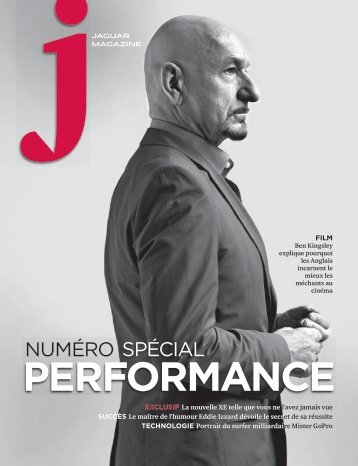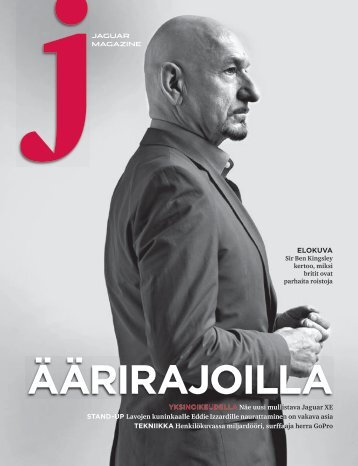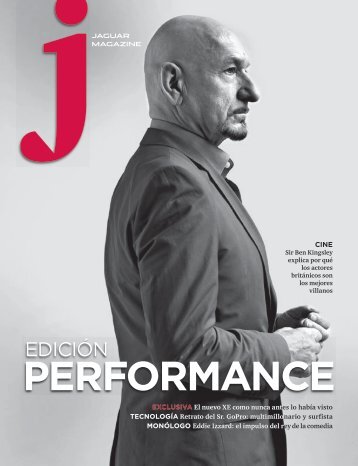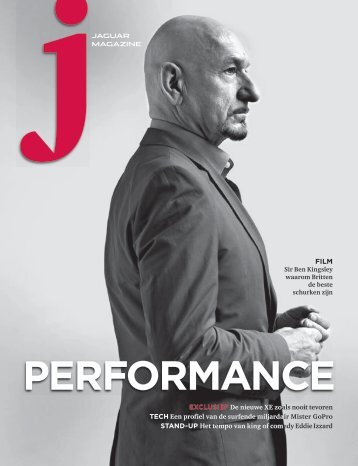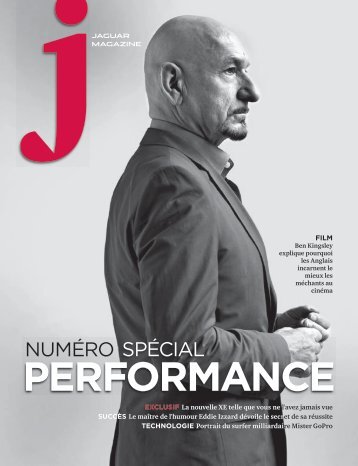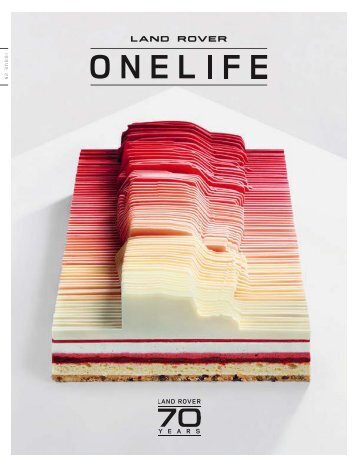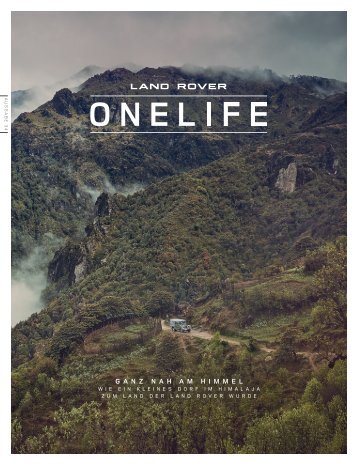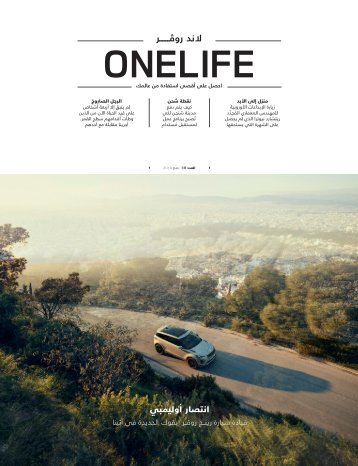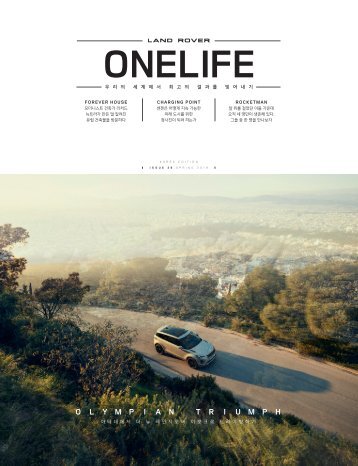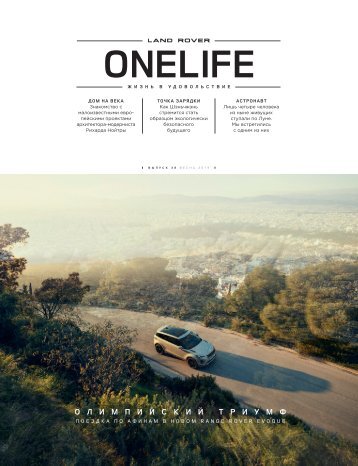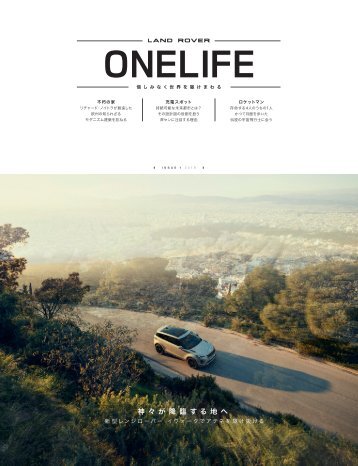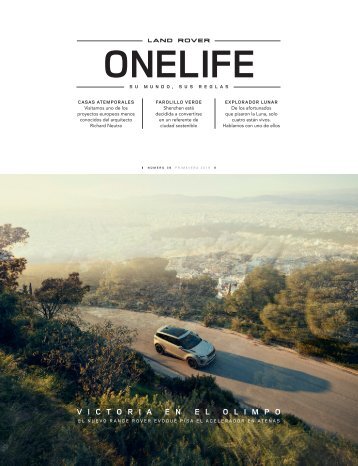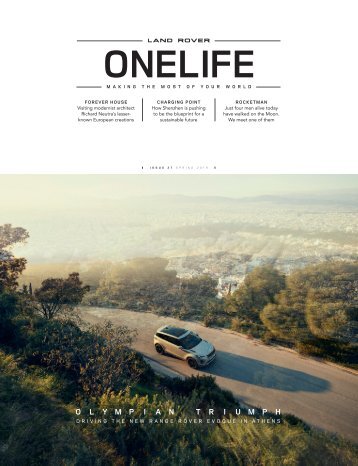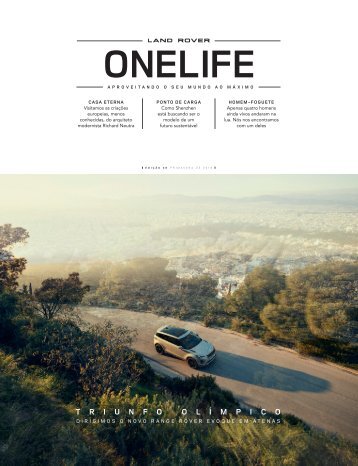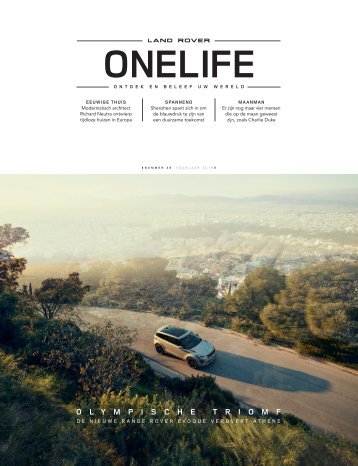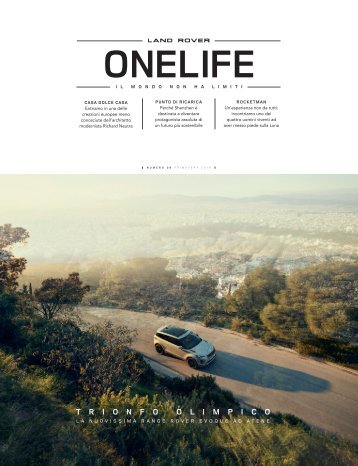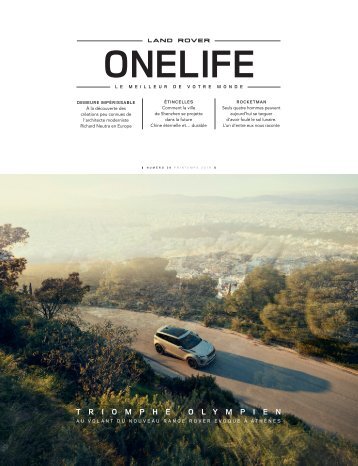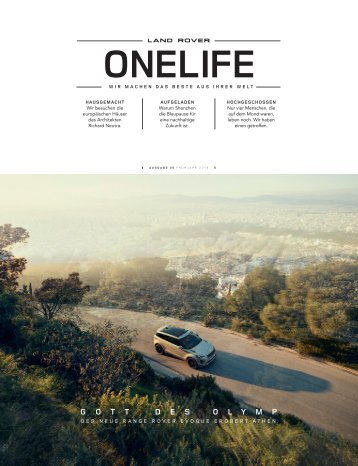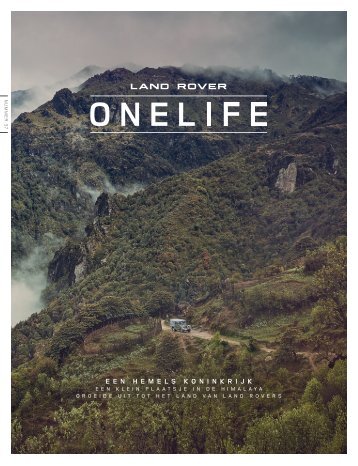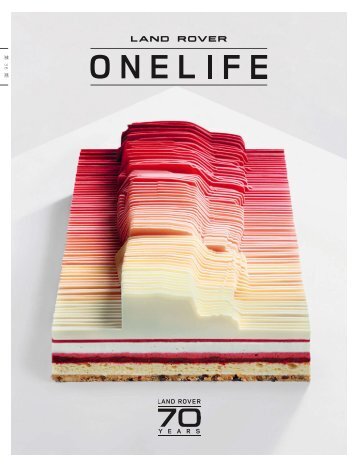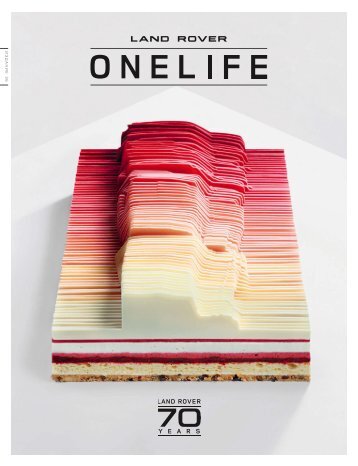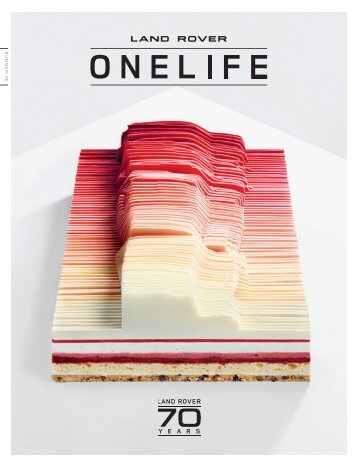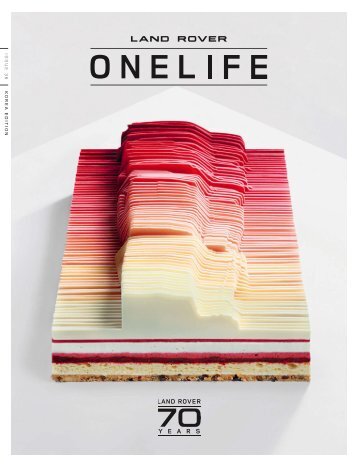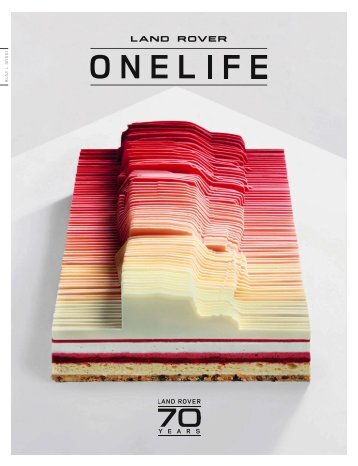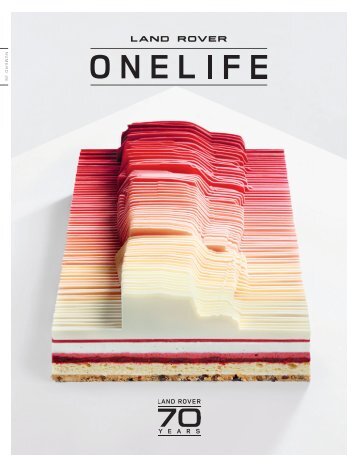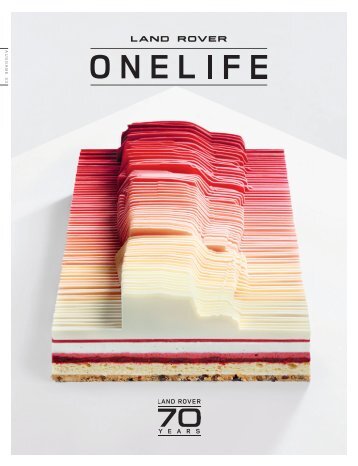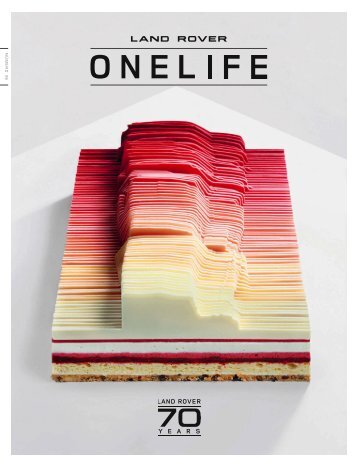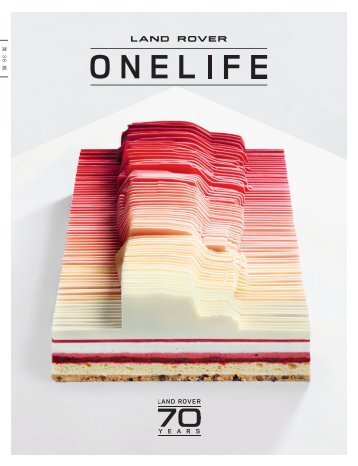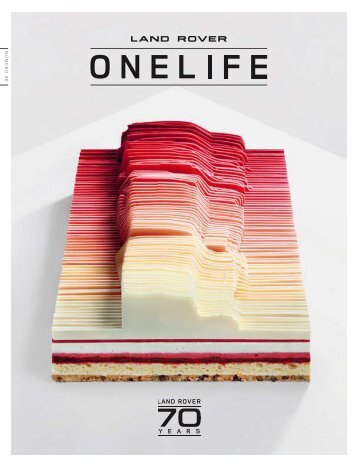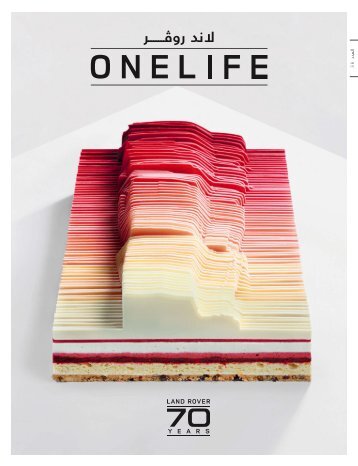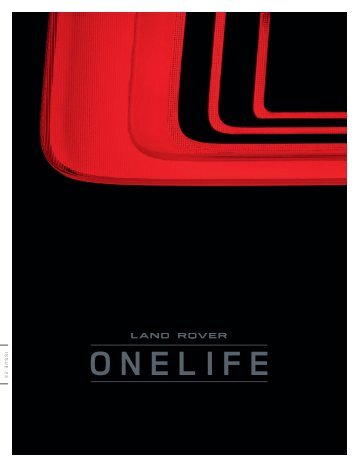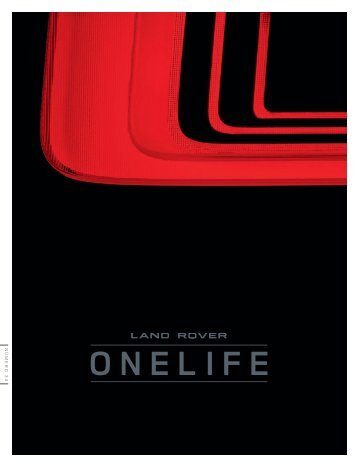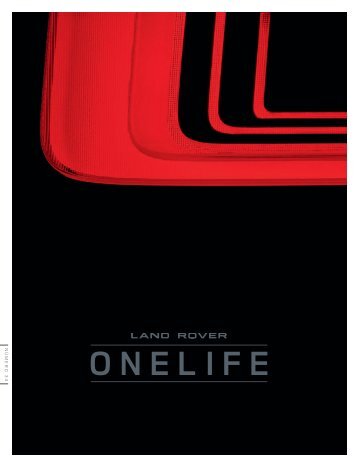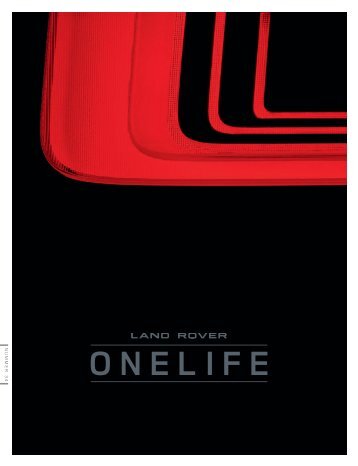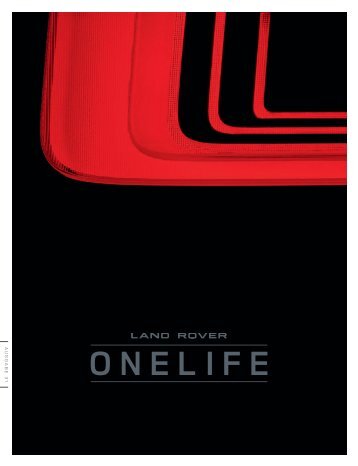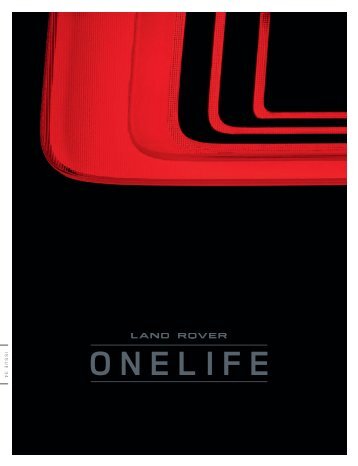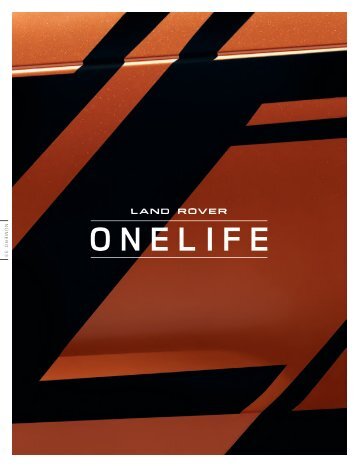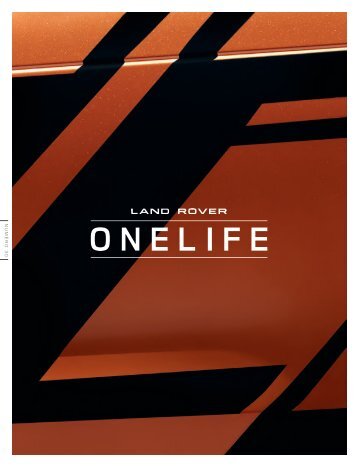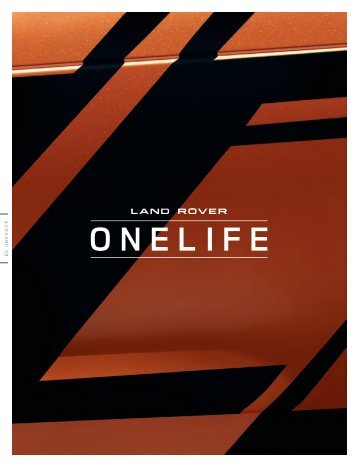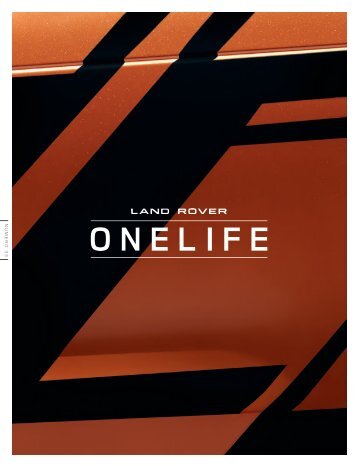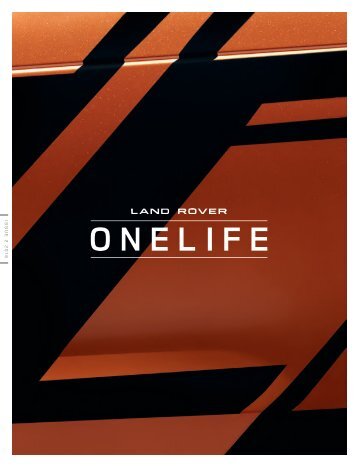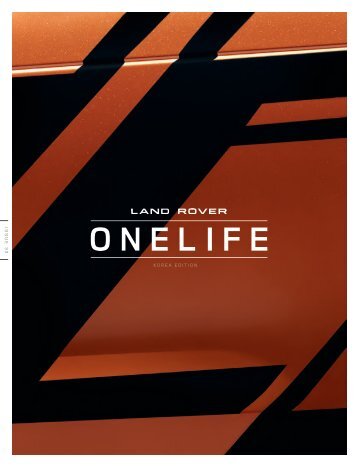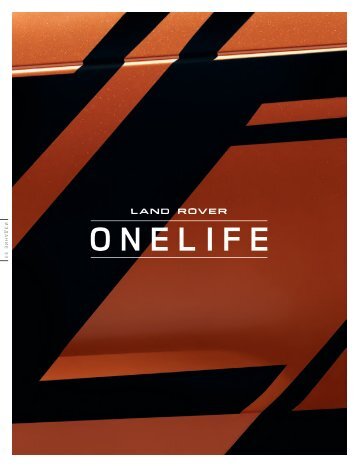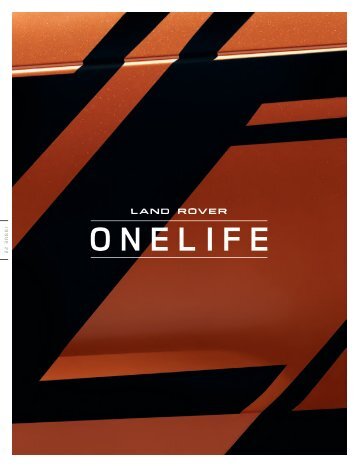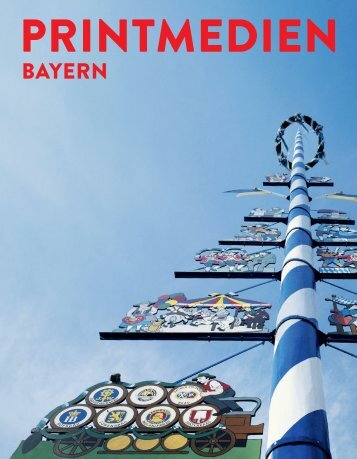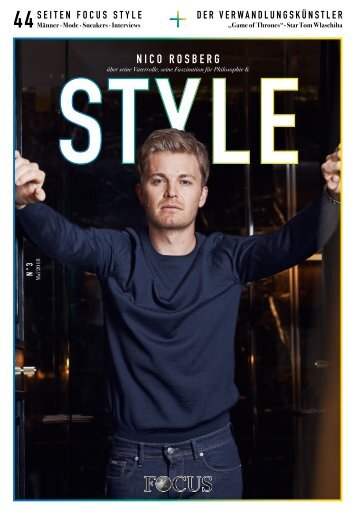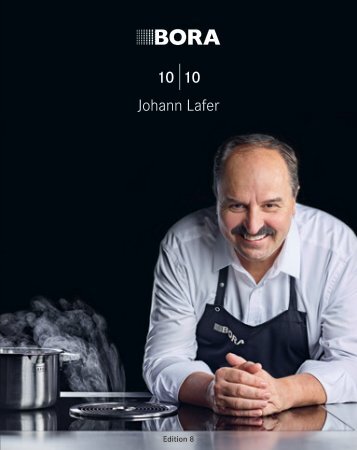BORA Magazine 02|2018 – English
- Text
- Bora
- Cooktop
- Extractor
- Dimensions
- Filter
- Technical
- Ceramic
- Stainless
- Rear
- Products
EXPERIENCE TREND REPORT
EXPERIENCE TREND REPORT In the decades that followed, the functional boundaries between kitchens, dining rooms and living rooms gradually broke down again. Eating and drinking really came into its own in Germany. Amateur chefs cooking at home treated their guests to dishes that would not have been out of place in a Michelin-star restaurant. The kitchen became a creative workshop – as well as a showpiece visible from the dining area. Property developers and builders have paid heed to the change in people’s attitudes towards life and home living with new architectural styles and room layouts. This particularly applies in urban and affluent regions, especially with regard to the ever-more prevalent single and double-income, no-kids apartments, which have loft-like floor plans and are loved by their inhabitants. Here, the bedroom is no longer just a place to sleep at night; with a desk in the corner, a cosy reading area and/or a comfy sofa bed, it is also used during the day. The bathroom has developed from a tiled washroom into an oasis of well-being. Trend researchers even refer to the bathroom as the new kitchen. Whereas the kitchen is the new car, as we already know. Similarly to dining rooms, spectacular living rooms have lost their purpose. Nowadays, they largely function as an intimate place for the family to read, listen to music or watch TV. And the large dining table is no longer only used for meals; kids do their homework on it and parents use it as a temporary desk for working on their PC, smartphone or tablet. And when guests come to visit, the entire evening is spent on the comfortable chairs at the long table. The kitchencum-living room of yesteryear has essentially become an all-purpose kitchen. This is not least thanks to BORA’s cooktop extractor systems, which are gradually banishing the bulky, annoying monstrosities known as extractor hoods from houses and apartments. Instead, active systems at the hob itself suction vapours into the filter below the cooktop – almost invisibly. The ceiling above the cooktop remains free for strategically placed or simply attractive lighting, and pictures can hang over wall-fitted stoves instead of a hood. Architects and designers love the freedom they are given by the flexible layouts and the new possibilities. So too do the inhabitants. Otherwise, this trend of open-plan living would never have taken off. 72 BORA MAGAZINE
In smaller and studio apartments in particular, getting rid of the bulky extractor hood enhances the aesthetic appeal of the entire kitchen area. Photo: k vorm bvba kortrijk, portrait: Bärbel Miebach BARBARA FRIEDRICH After leaving school, Barbara Friedrich, born in 1951, trained as a foreign language correspondent and later studied communication sciences, literature and philosophy at Ruhr-University Bochum. Since the early 1980s, her journalistic work has focussed on the topics of design, architecture and home living. Following executive roles at the magazines Ambiente, Elle Decoration and Architektur&Wohnen, she took over as editor-in-chief of Zuhause Wohnen in 1993 and of A&W Architektur&Wohnen by the Jahreszeiten Verlag in Hamburg in 1999, where she worked until 2016, ultimately as the magazine’s publisher. Since then, Barbara Friedrich has worked as a freelance author, presenter and judge in the design scene. Barbara Friedrich produces video clips about design classics, which can be viewed on YouTube and her own website www.barbarafriedrich.de. She was the initiator and co-author of the Euro Design Guide (Heyne Verlag, 1991) and is a member of the German Design Council, where she sat on the executive committee for many years. BORA MAGAZINE 73
- Seite 1:
Magazine 02 | 2018 Professional 2.0
- Seite 4 und 5:
CONTENTS 22 BORA PROFESSIONAL 2.0 1
- Seite 6 und 7:
BORA products
- Seite 8 und 9:
PRODUCTS BORA PRINCIPLE The BORA pr
- Seite 10:
PRODUCTS BORA SYSTEM A complete sys
- Seite 13 und 14:
2-year BORA warranty PLUS 1 free ex
- Seite 15 und 16:
BORA Professional 2.0 The Best of t
- Seite 17 und 18:
BORA Professional 2.0 - functional
- Seite 19 und 20:
With their huge depth of 54 cm, the
- Seite 21 und 22: BORA PROFESSIONAL 2.0 PRODUCTS PKA/
- Seite 23 und 24: BORA Classic Innovation down to the
- Seite 25 und 26: BORA CLASSIC PRODUCTS Left: BORA Cl
- Seite 27 und 28: BORA MAGAZINE 27
- Seite 29 und 30: BORA CLASSIC PRODUCTS CKASE BORA co
- Seite 31 und 32: BORA Basic The revolution: cooktop
- Seite 33 und 34: BORA BASIC PRODUCTS Right: BORA Bas
- Seite 35 und 36: BORA MAGAZINE 35
- Seite 37 und 38: BORA Basic All Black The perfect co
- Seite 39 und 40: BORA BASIC PRODUCTS BEDAB BORA Basi
- Seite 41 und 42: Large cooking zone Plenty of room a
- Seite 43 und 44: Fresh air Cooking while surrounded
- Seite 45 und 46: Interview 46 Home story 52 Cyclin
- Seite 47 und 48: Photos LUKAS JAHN Text KLAUDIA MEIN
- Seite 49 und 50: INTERVIEW EXPERIENCE We don’t nee
- Seite 51 und 52: so passionate about that I’m happ
- Seite 53 und 54: Photos HUNGER & SIMMETH GMBH Text M
- Seite 55 und 56: It’s the place where the family g
- Seite 57 und 58: HOME STORY EXPERIENCE Below: Follow
- Seite 59 und 60: BORA was how quietly the extractor
- Seite 62 und 63: EXPERIENCE CYCLING Above left: The
- Seite 64 und 65: 64 BORA MAGAZINE
- Seite 66 und 67: EXPERIENCE CYCLING “It would be a
- Seite 68 und 69: EXPERIENCE CYCLING Above left: Team
- Seite 70 und 71: Text BARBARA FRIEDRICH
- Seite 74 und 75: FLOATING on air and transparent Pho
- Seite 76 und 77: With its spectacular new tasting ro
- Seite 78 und 79: EXPERIENCE ARCHITECTURE Half of thi
- Seite 80: EXPERIENCE RECIPES The celebrated I
- Seite 83 und 84: Cauliflower and orange salad sprink
- Seite 85 und 86: EXPERIENCE RECIPES Honey-glazed gui
- Seite 87 und 88: YACHTS EXPERIENCE BORA MAGAZINE 87
- Seite 89 und 90: YACHTS EXPERIENCE Thanks to a partn
- Seite 91 und 92: Left: Luxury suites with a terrace,
- Seite 93 und 94: 12 QUESTIONS FOR EXPERIENCE “You
- Seite 95 und 96: THE FINE ART of enjoyment Photos RO
- Seite 97: BORA REVOLUTION TOUR EXPERIENCE Sop
- Seite 100 und 101: EXPERIENCE BORA REVOLUTION TOUR Gue
- Seite 103 und 104: BORA REVOLUTION TOUR EXPERIENCE The
- Seite 105 und 106: Red Dot Product Design Award Best o
- Seite 107 und 108: BORA Professional 2.0 108 BORA Cla
- Seite 110 und 111: BORA Professional 2.0 Electrically
- Seite 112 und 113: TECHNOLOGY BORA PROFESSIONAL 2.0 PK
- Seite 114 und 115: PKC3B BORA HiLight glass ceramic co
- Seite 116 und 117: BORA Classic Minimalistic, flush de
- Seite 118 und 119: TECHNOLOGY BORA CLASSIC CFI11 BORA
- Seite 120 und 121: BORA Basic Compact unit comprising
- Seite 122 und 123:
TECHNOLOGY BORA BASIC BIA BORA Basi
- Seite 124 und 125:
BORA system BORA system products co
- Seite 126 und 127:
TECHNOLOGY BORA SYSTEM BORA fans St
- Seite 128 und 129:
BORA Basic accessories Excerpt from
- Seite 130 und 131:
TECHNOLOGY BORA SYSTEM BORA univers
- Seite 132 und 133:
Cooking in recirculation mode Humid
- Seite 134 und 135:
TECHNOLOGY BORA SYSTEM BORA Profess
- Seite 137 und 138:
BORA SYSTEM TECHNOLOGY BORA Classic
- Seite 139 und 140:
Photo: veloimages.com Peter Sagan,
Unangemessen
Laden...
Magazin per E-Mail verschicken
Laden...
Einbetten
Laden...
IMPRESSUM
STORYBOARD GMBH
WILTRUDENSTRASSE 5
D-80805 MÜNCHEN
FON +49 (0)89 - 9010976 - 10
FAX +49 (0)89 - 9010976 - 68
MAIL: INFO@STORYBOARD.DE
DATENSCHUTZ
AG MÜNCHEN HRB 192756
GESCHÄFTSFÜHRER:
DR. MARKUS SCHÖNMANN, CHRISTINE FEHENBERGER, MARIE BRESSEM
USTID: DE 278105991

